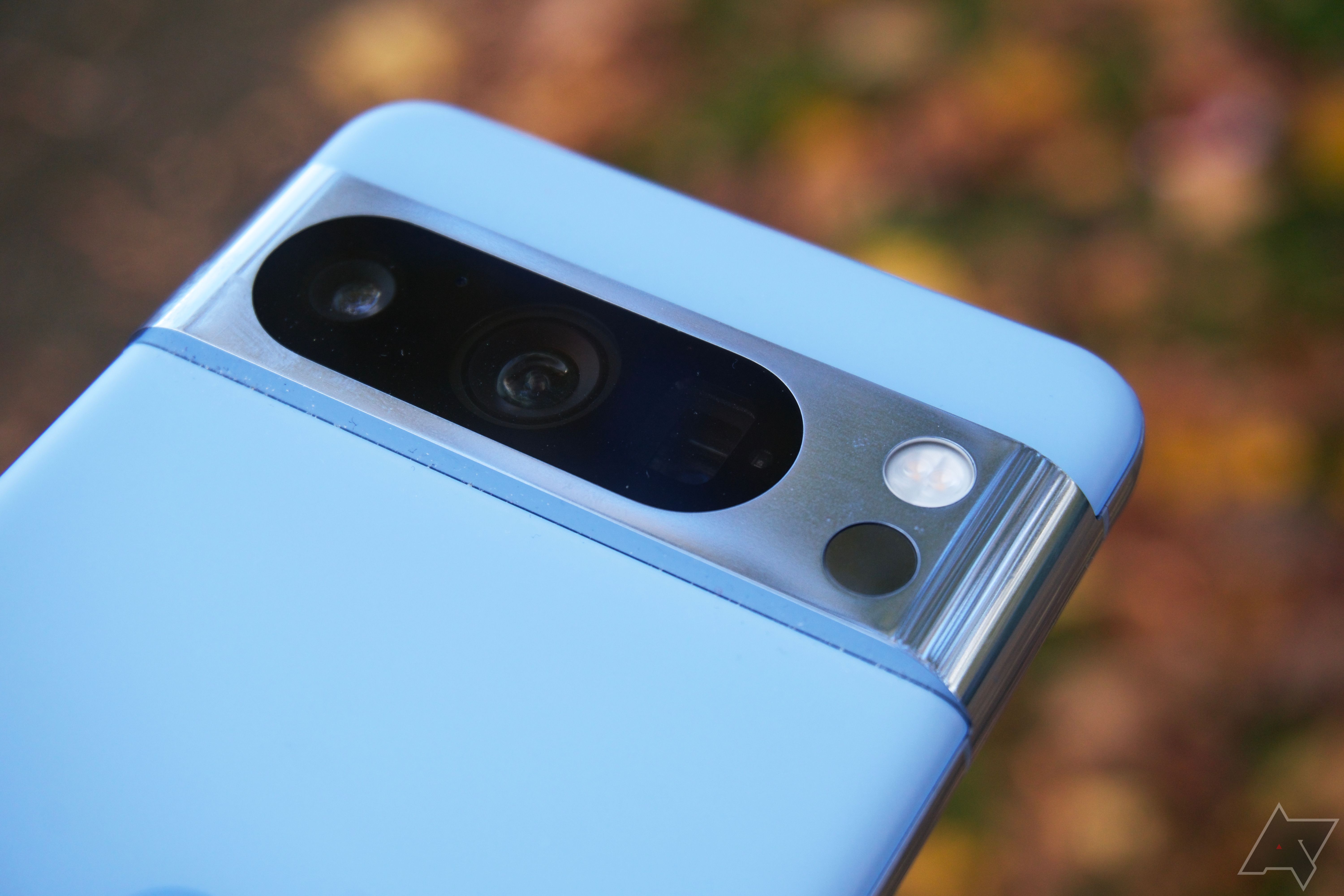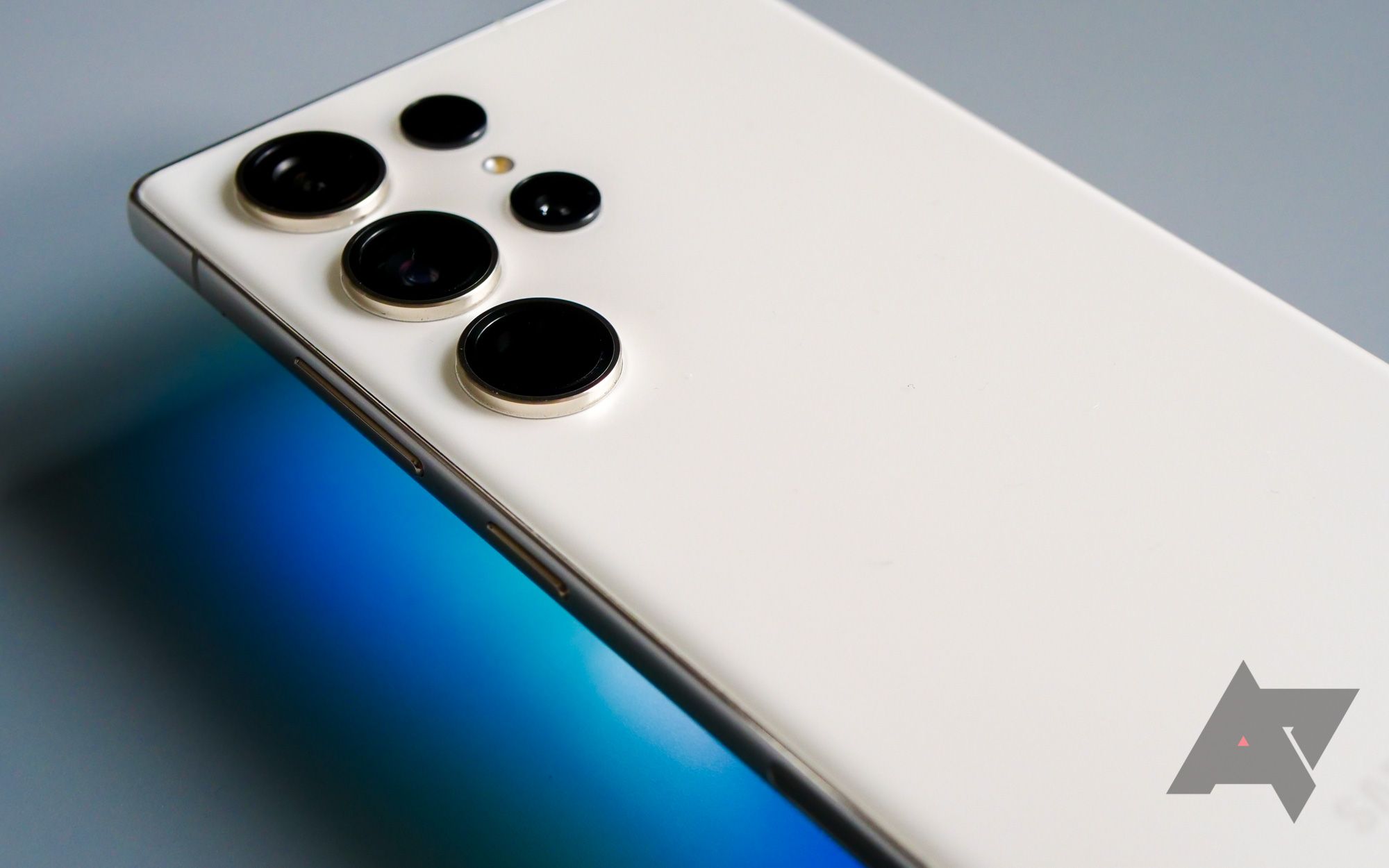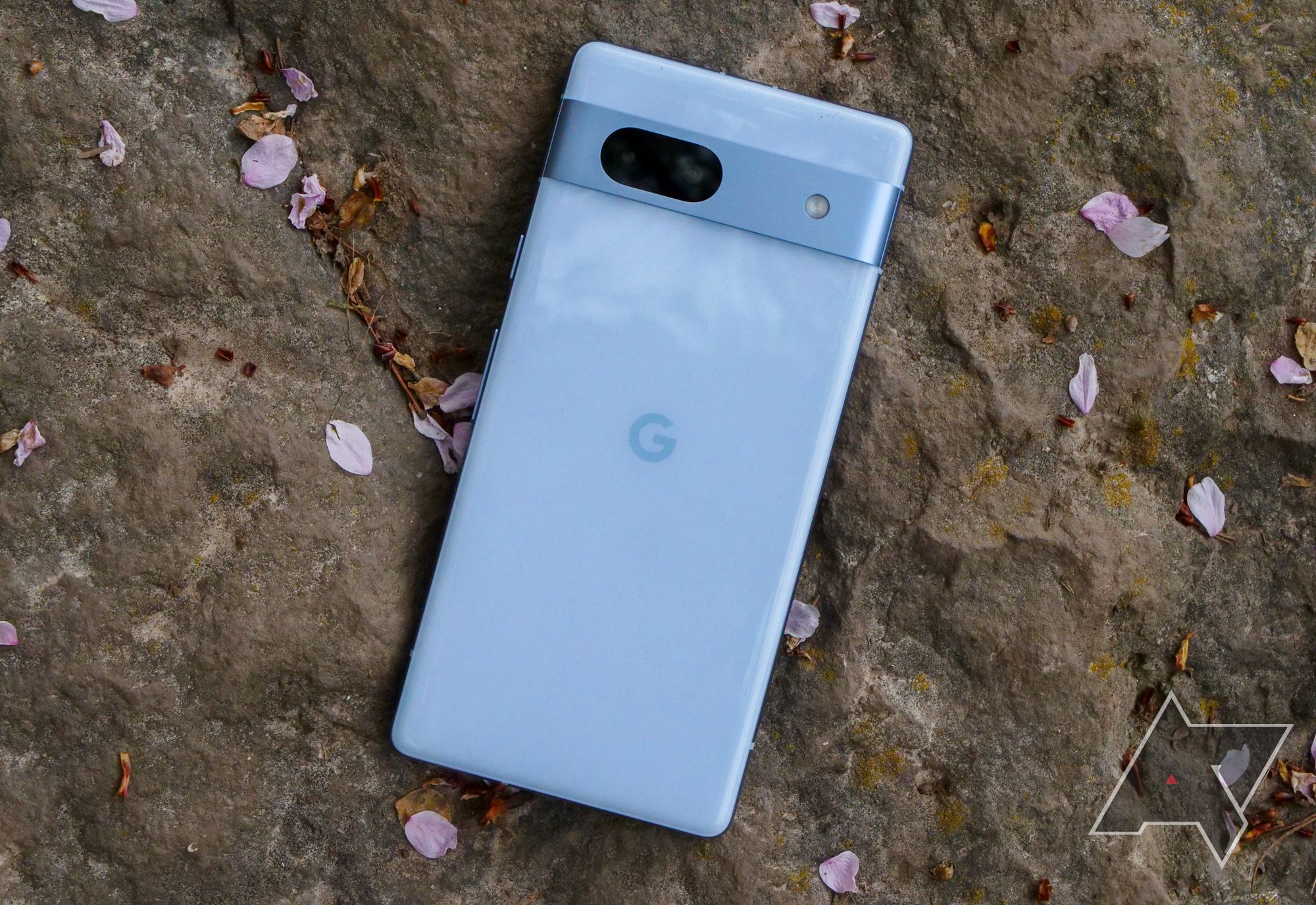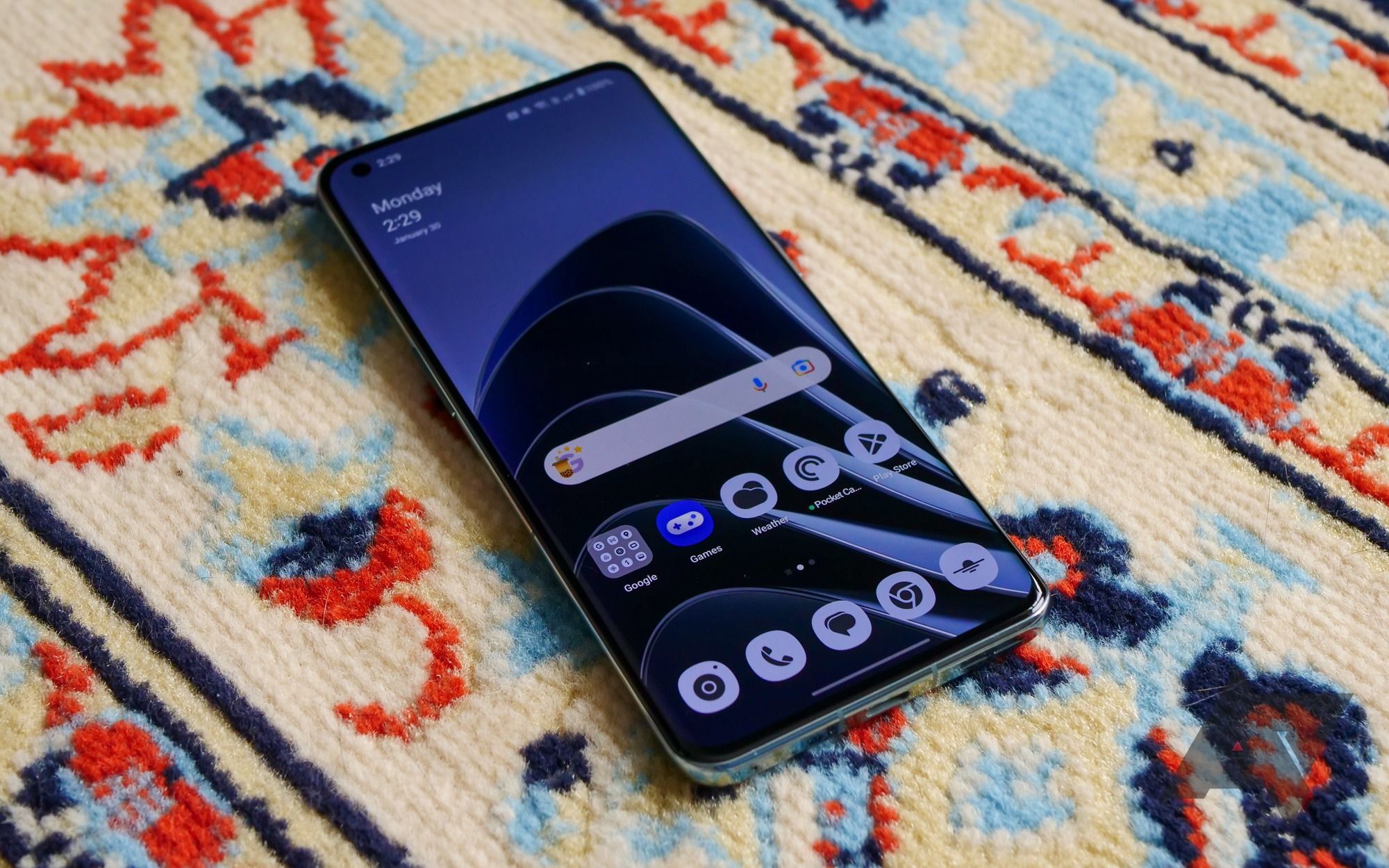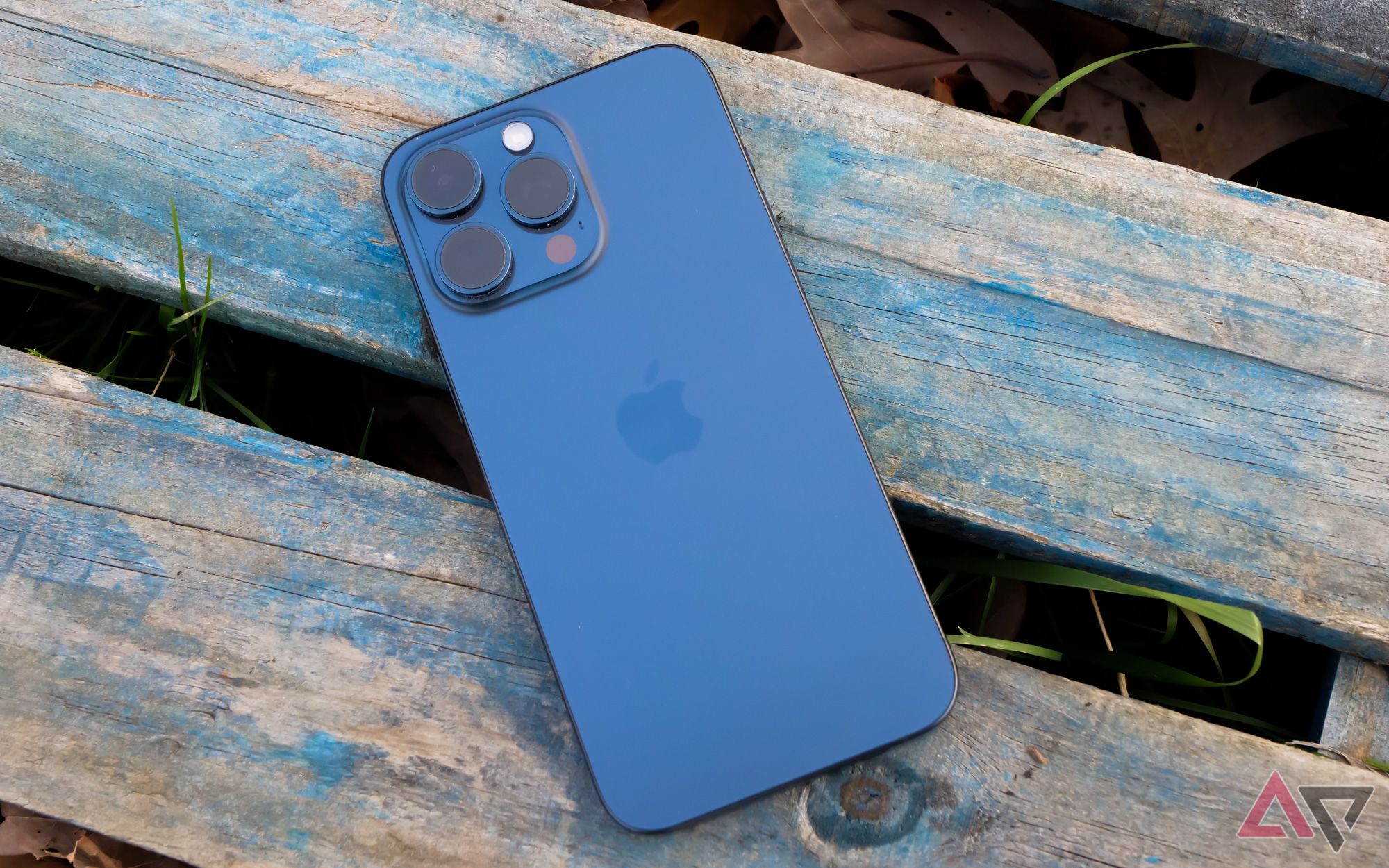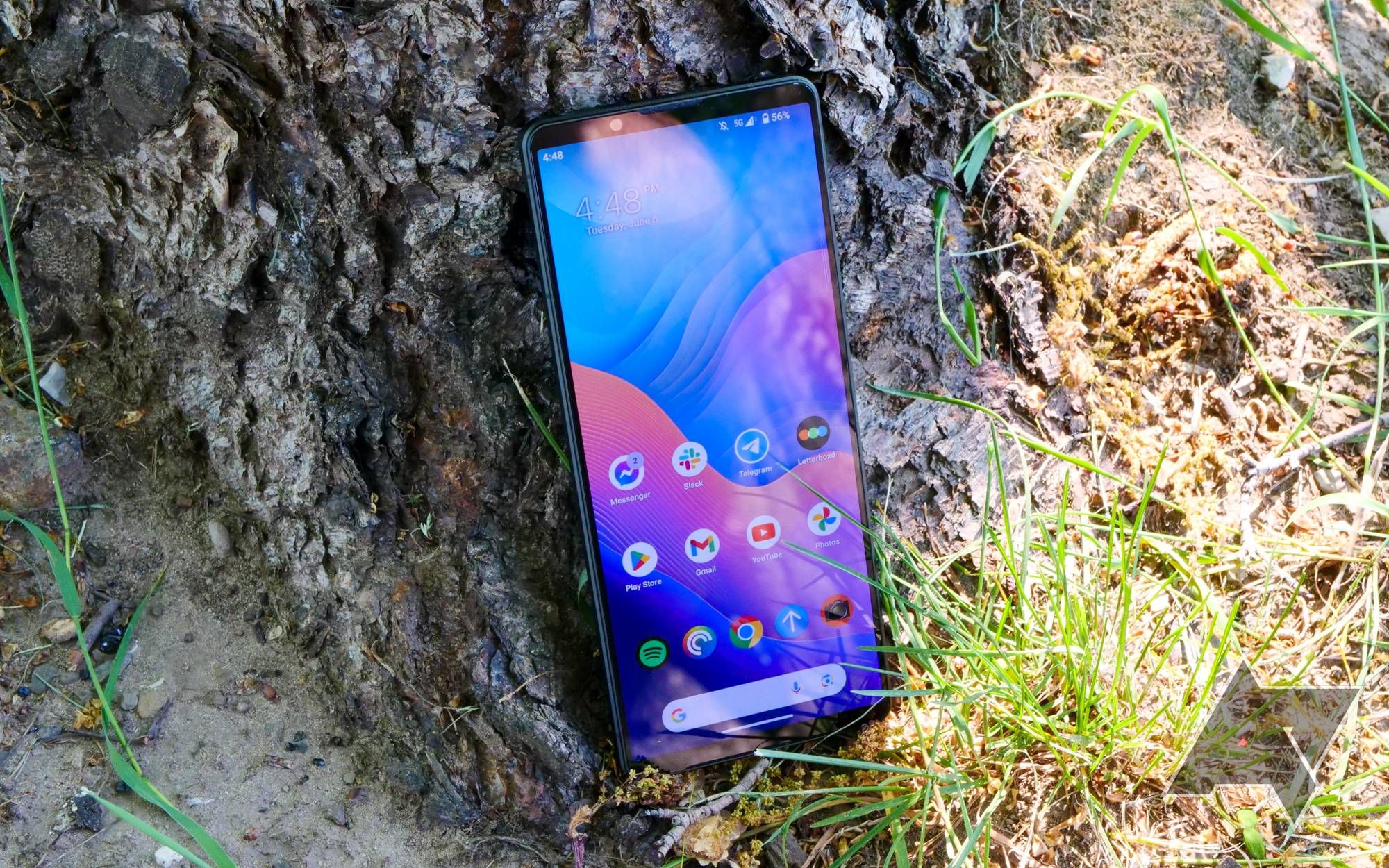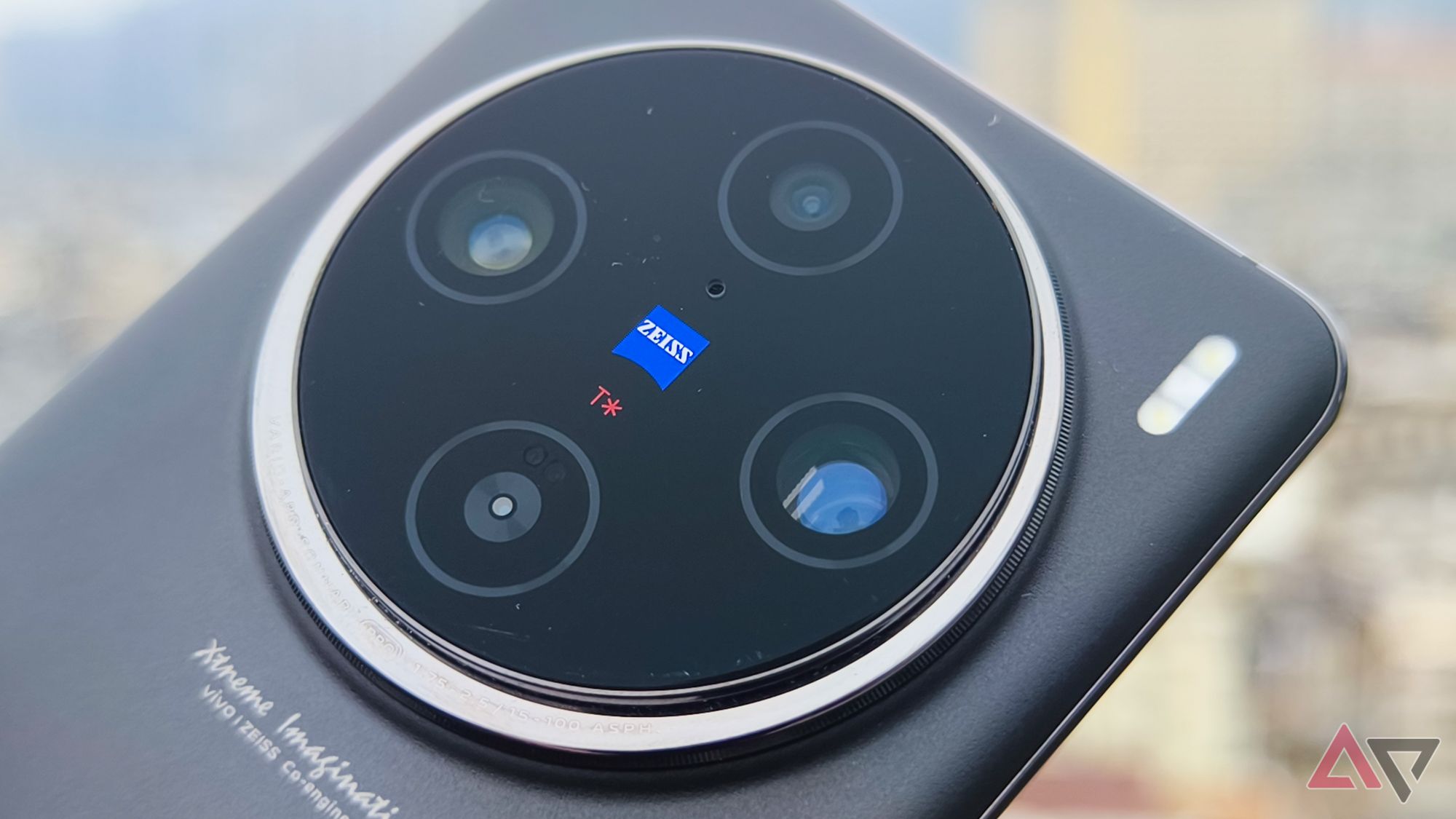You can now find ultrawide cameras on all kinds of smartphones. These extra-large rear cameras snap to an enormous field of view and capture unique looks at landscapes. Ultrawides bring in more surrounding detail. They also give photos a magnified look that can be corrected via editing and modes or used as a stylistic choice on your latest nature hike.
You can find a great device capable of taking amazing ultrawide shots. While some of the best Android phones on the market are on this list, more budget-friendly Android phones have also made their way into the lineup. When it comes to ultrawide photography, there are great options for every budget.
We’re still in the process of reviewing the latest Samsung Galaxy S24 models, so bear in mind that this list may change soon once we know how those phones stand up to the competition.
Top ultrawide smartphones
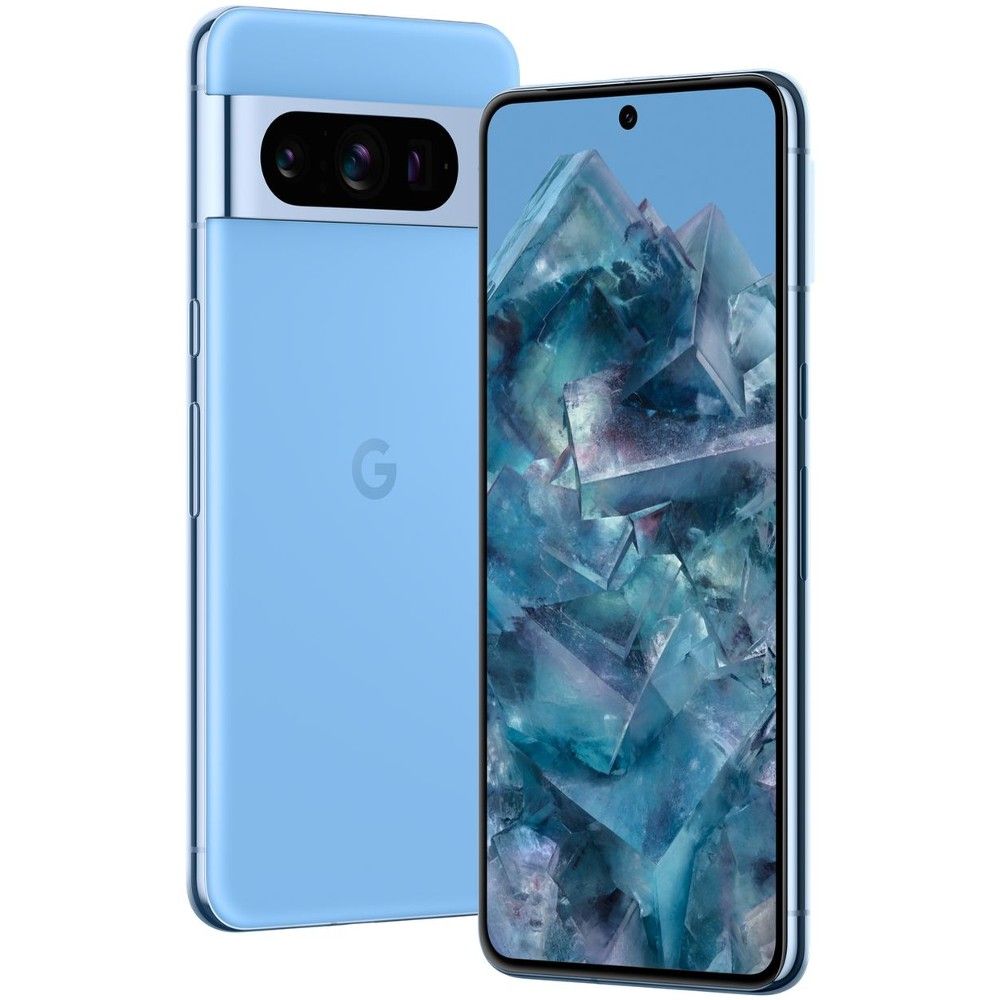
Google Pixel 8 Pro
Best overall
Another excellent Pixel camera
$969 $999 Save $30
The Google Pixel 8 Pro is the company’s latest flagship, boasting a new Tensor G3 chip, a brighter screen, and a new camera array capable of capturing even more light. As usual, the real power lies in Google’s Tensor chip, which offers even more photo enhancement and image editing features.
- Gorgeous display
- Best-in-class Pixel camera
- Improved build quality
- Charging speeds still leave a little to be desired
- Camera visor scratches easily
The Google Pixel 8 Pro is our top pick for ultrawide photography. Once again, Google pairs powerful sensors with the company’s excellent computational photography models. It features a 50MP main shooter, a 48MP 5x optical telephoto lens, and a 48MP ultrawide sensor, giving users all the necessary tools. If you can’t capture the image you want with a Pixel 8 Pro, consumer-grade photography equipment is not what you’re looking for.
As expected, the physical lenses and sensors only tell half the Pixel camera’s story. With the company’s new Tensor G3, Google improved its computational photography and added new AI-enhanced options for the creative photographer. If you didn’t quite capture the ideal group photo on the first try, Best Take will create a composite image, giving you several options to choose from. Magic Eraser is carried over from previous years, allowing you to remove any imperfections in an image. All told, the Pixel 8 Pro gives users the most versatile camera system from top to bottom.
Read our full Google Pixel 8 Pro review.
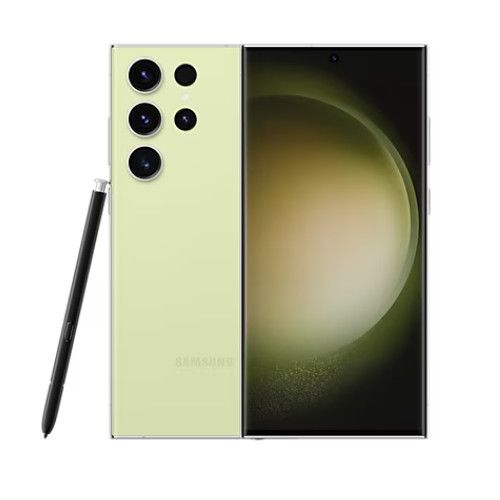
Samsung Galaxy S23 Ultra
Premium pick
The best money can get
The Galaxy S23 Ultra is a complete package with a very effective ultrawide camera lens. Although it may be a little too big for some users, the sheer versatility and power you get from this device will likely bring you nothing but pure joy for years to come.
- Design remains second to none
- Camera captures incredible shots while giving a ton of creative freedom
- No exciting look into the future of smartphones
- 45W charging is behind the competition, and only a select group of chargers can reach it
- A few bugs to iron out with this camera
The Galaxy S23 Ultra is an incredibly well-rounded smartphone, capable of almost anything with storage and performance to match, plus an extra-large screen that comes with an S Pen. That also leaves plenty of space for the rear cameras, which include a 200MP main camera, a 12MP ultrawide, a couple of telephoto lenses, and a front camera.
Along with those powerful camera options, the S23 Ultra has a good battery life and software to improve night photography, though low-light environments can prove challenging to ultrawide, no matter what advanced sensors are used. It’s also improved how the Galaxy phones handle color, so you don’t have to worry as much about saturation problems.
The downside? The Ultra is big. Possibly too big for many users who want a portable option. Downsizing to the Galaxy S23 is an option that doesn’t give up on many camera features, but it does make it a bit harder to edit photos on the camera.
Read our Galaxy S23 Ultra review.
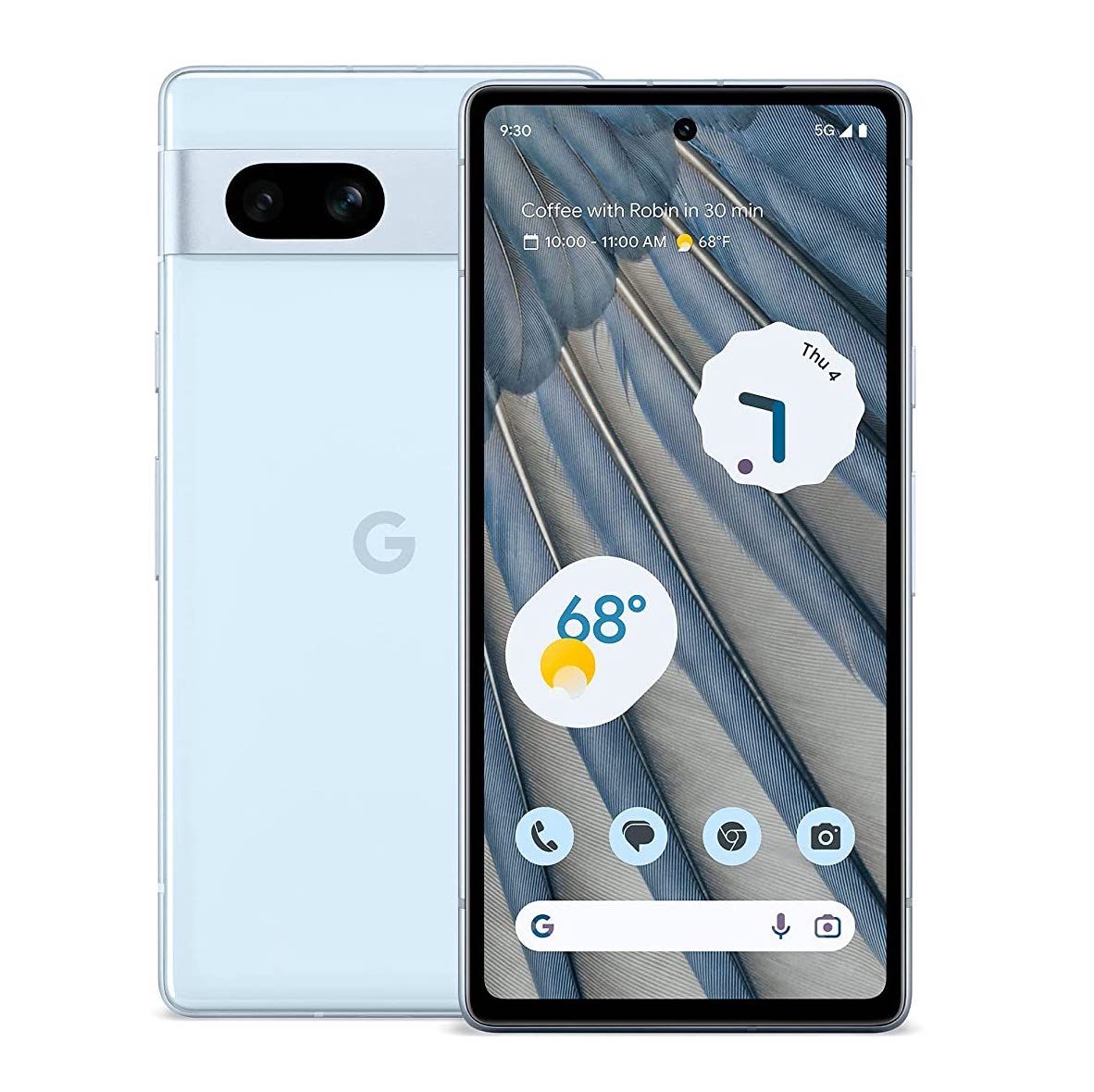
Google Pixel 7a
Best value
Basically a flagship Pixel device
$488 $499 Save $11
The Google Pixel 7a is basically a slightly less expensive Pixel 7. With the same processor, a 90Hz display, and an improved camera system, Google knocked it out of the park with the Pixel 7a.
- Great camera, as always
- Nice improvements, like 90Hz and wireless charging
- New colors
- Battery life is purely average
- Improvements come with their own caveats
- Price hike puts it within spitting distance of the Pixel 7
The Google Pixel 7a is incredibly close to its bigger siblings in hardware and identical in software. Google upped the ante this year by giving the Pixel 7a a 64MP main camera and a 13MP ultrawide lens. Add that to Google’s flagship Tensor G2 processor and a 90Hz display, and you’ll have a flagship quality device at about half the price of the competition.
Add the improved optics to Google’s already well-established image post-processing prowess, and the 7a creates some of the best images from any device on the market. At $500, this device may be paving the way for more expensive Pixels down the line, but with a device this good at this price point, does it even matter?
Read our full Google Pixel 7a review.
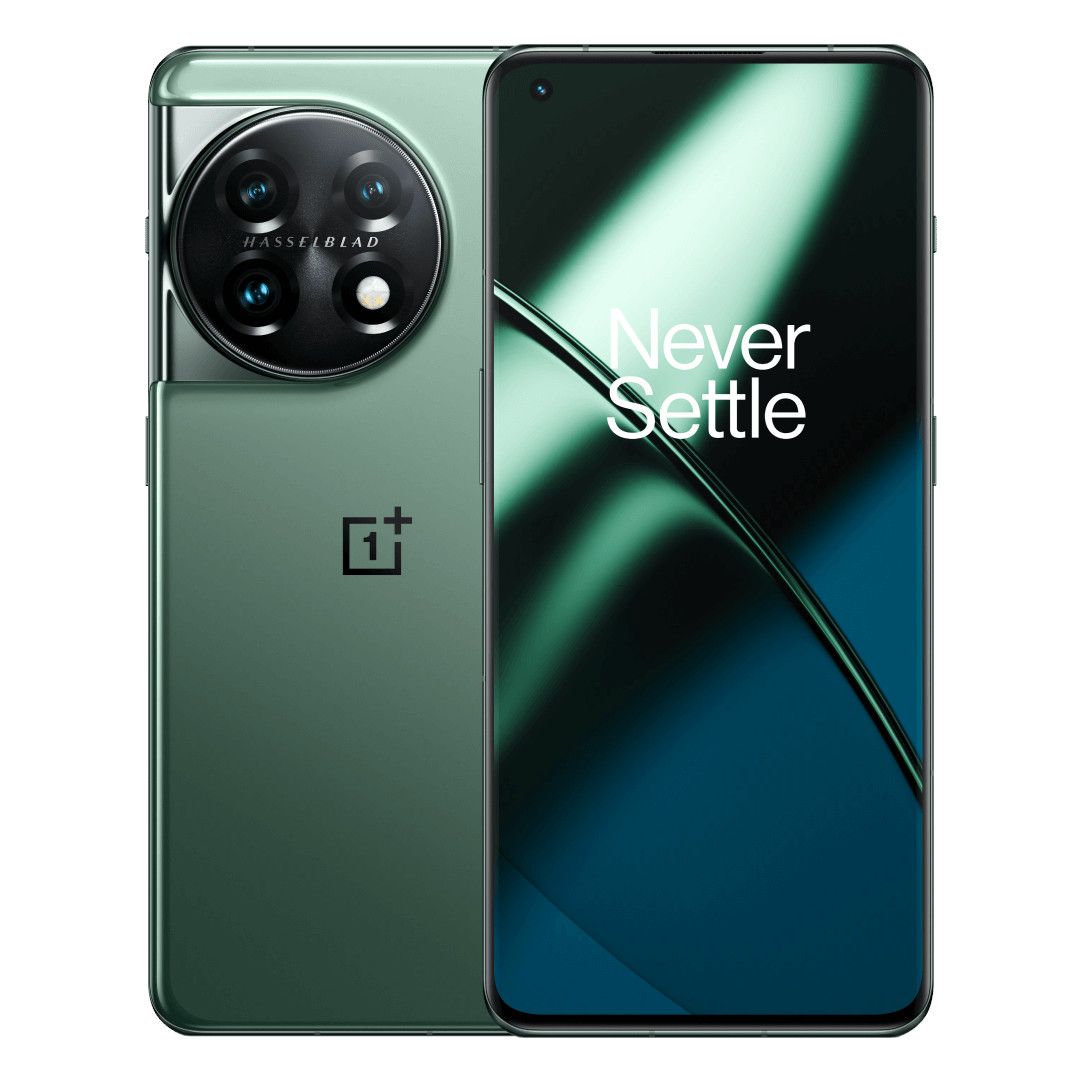
OnePlus 11
Flagship for less
Power and performance with a near mid-range price
This compact smartphone has great camera hardware, making it a photographer’s best friend at a very reasonable price. The design isn’t for everyone, but if you find it striking, the OnePlus 11 is a great choice.
- Excellent specs, especially at this price
- Able to produce great images
- Ultra-fast charging
- Design is gaudy and boring
- No wireless charging
- Camera performance is inconsistent, and the 2x telephoto lens isn’t worth much
The OnePlus 11 isn’t exactly a budget phone. It’s a very good, affordable phone sporting an AMOLED screen, an updated Snapdragon 8 processor, and some great camera options, thanks to a partnership with Hasselblad. That includes a deeply impressive 48MP, 115-degree field of view ultrawide camera with more capture potential than most picks on our list (and a built-in macro mode), a 50MP main cam, and a 32MP telephoto option.
From a lens perspective, it’s one of the best ultrawide camera phones you can find anywhere. Sensors excel in the daytime but don’t quite reach the quality of some more expensive options. Hasselblad’s expertise in color and photographer-created preset modes also pushes photography options over the line into truly impressive territory. It’s a powerful device for a dedicated camera phone if you plan to take lots of ultrawide shots.
Read our full OnePlus 11 review.
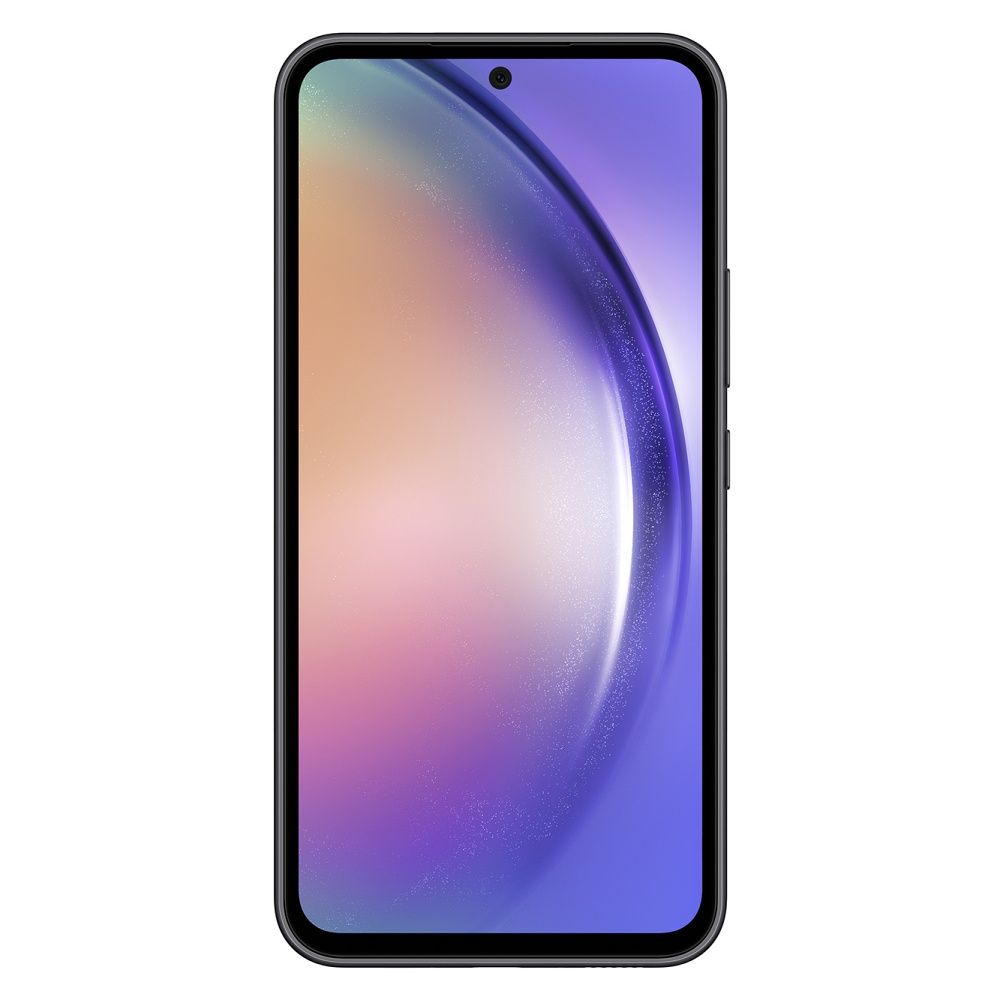
Samsung Galaxy A54 5G
Awesome mid-ranger
A less expensive Galaxy S23
The Samsung Galaxy A54 is the perfect budget model for users who want some great ultrawide camera options in an affordable package. This device can be viewed as the S23’s little sibling sharing some of the same hardware, including some of the camera lenses.
- Excellent display
- Premium design and feel
- Expandable storage
- No wireless charging
- 25W charging limit
- Phone is prone to getting warm
It’s easy to suggest dropping down from the S23 to the Galaxy S22 to save money, and that’s certainly an option, but it’s not exactly a budget pick for those who need to save money. For that, we suggest the Galaxy A54, a true budget phone with updated features from 5G connectivity to a 12MP ultrawide rear cam in the back, boasting a broad 123-degree field of view. It’s joined by a primary 50MP camera and a 5MP macro lens for detailed subject shots that look so good on social media.
We won’t pretend that the A54 is more powerful than Galaxy S models. However, it is more affordable, and similar camera technology provides high-quality image files that still excel when it comes to color, text, and clarity. Plus, the autofocus here is as good as what you’ll find in more expensive models.
Read our full full Samsung Galaxy A54 5G review.
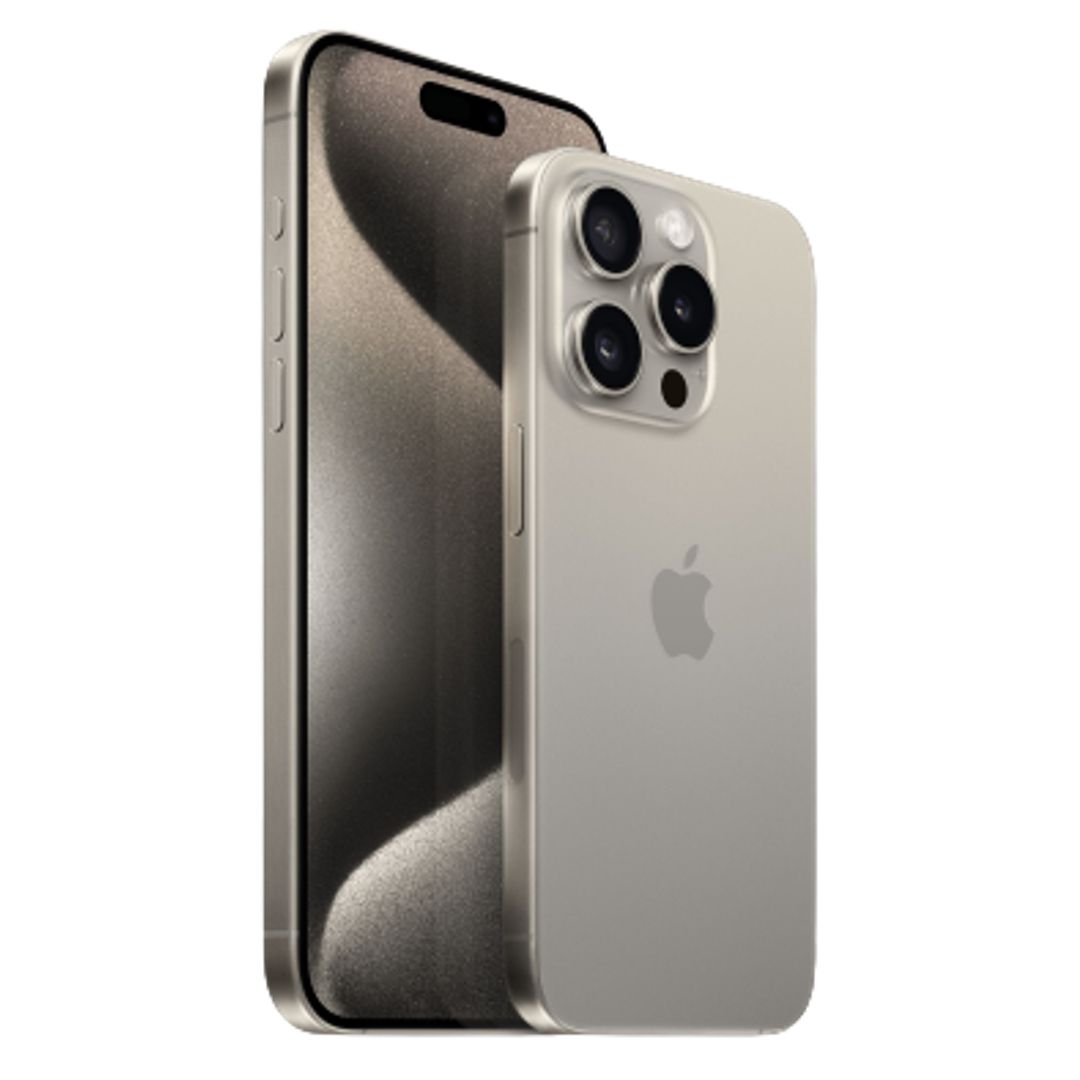
iPhone 15 Pro Max
Best iOS option
Consistent results for point-and-shoot photography
The iPhone 15 Pro Max is the latest and greatest from Apple, with a slick new SoC that can handle console games and a new telephoto camera that finally uses periscope technology. It also finally adds USB-C, so you won’t be carrying a Lightning cable around anymore. These upgrades all converge to make one compelling package.
- Excellent build quality
- Outstanding battery life
- Many years of software support
Even though Apple’s video quality usually wins the most praise, the iPhone 15 Pro Max’s still photography is no slouch. Images from the phone’s 48MP main shooter are colorful with good depth. With the iPhone 15 Pro Max, Apple’s post-processing immediately focuses on lighting, bumping the brightness of images taken in less-than-ideal conditions.
Unfortunately, the 12MP periscope lens can get noisy in low light, with the 5x zoom useful only in prime daytime conditions. Its 12MP ultrawide lens suffers the same fate, and you’ll instantly notice a drop-off in color accuracy and quality. The iPhone 15 Pro Max will rarely produce the best image out of all the phones listed, especially compared to the Pixel 8 Pro, but it will be the most consistent. Point-and-shoot photography yields similar results even in varied conditions, and Apple knows its customer base approves of the camera’s ease of use.
Read our full iPhone 15 Pro Max review.
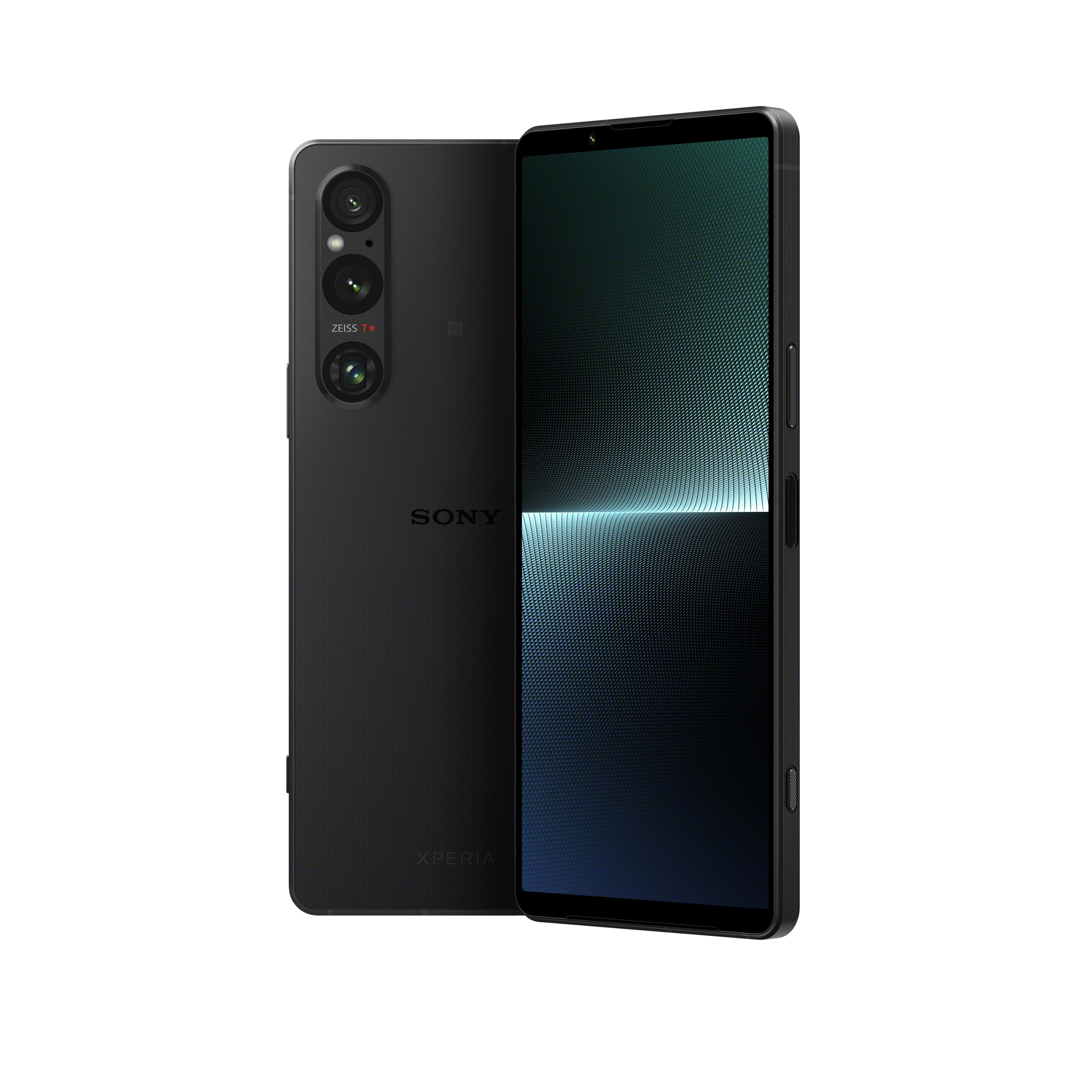
Sony Xperia 1 V
Best manual camera controls
4K on a phone display
Sony’s 2022 Xperia phone is an incredible video-taking machine with added ultrawide camera capabilities. Sony throws in a ton of manual camera controls and an impressive 4K panel for the ultimate media-creating device.
- One of the grippiest phones around
- Headphone jack and microSD card slot
- DSLR-style manual camera modes
- Design feels dated and is tough to use one-handed
- Cameras can’t match auto modes on Samsung or Google phones
- Fingerprint sensor issues remain present
Thanks to its Zeiss lenses, this Xperia line performs particularly well for photography. The Xperia 1 V model includes a 12MP ultra-wide lens and handy features like object tracking for your shots. It also excels at video, making this a good pick if you plan to take lots of video shots and like to snap ultrawide photos for the best effects.
The rear lenses support 4K HDR 120fps video recording, so you’ll be ready for anything and can experiment with high-quality video production at every level.
Read our full Xperia 1 V review.
Phones we’d love to see stateside
While our list features excellent photography choices, it’s worth noting that the US smartphone market is a bit limited. Fantastic phones from Vivo, Xiaomi, and Oppo sport top-of-the-line camera systems, giving users overseas a more competitive smartphone landscape. And while it’s possible to import, you’ll want to confirm your carrier supports the phone.
The Vivo X100 Pro is an impressive device, powered by a MediaTek Dimensity 9300 complemented with 12 or 16GB of RAM — enough to process photos in a blink. Vivo fitted the X100 Pro with a triple camera setup: a 50MP main shooter, a 50MP telephoto with 4.3x optical zoom, and a 50MP ultrawide sensor. The output is positively stunning, with the X100 Pro producing vivid, sharp images that go toe-to-toe with the best flagships. If you’re bold enough to import one, you’ll be pleased with its camera versatility.
Oppo’s newest flagship release, the Find X7 Ultra, goes one step further, adding a fourth lens to its camera array. It features a 50MP main camera, 50MP ultrawide, and two telephoto lenses — a 2.8x optical zoom and a 6x zoom, giving shutterbugs multiple options to capture the best image. The Find X7 Ultra has a gorgeous design and premium build quality, but it’s more than just a pretty face; it’s powered by a Snapdragon 8 Gen 3, giving it top-tier performance. With Oppo’s close ties to OnePlus, it’s even more disappointing we won’t see a US release, even if it’s a rebadged device from OnePlus.
Not to be outdone, the Xiaomi 14 Pro produces beautiful photos from its triple camera array. In addition to the 50MP main shooter and ultrawide lenses, the 14 Pro utilizes a 50MP telephoto lens with 3.2x optical zoom. It’s not just the megapixels that make the 14 Pro impressive; it’s the size of the sensors. The 50MP main shooter is 1/1.31 inches, bringing in plenty of light to capture the best photos. Night photography is impressive on all three of these devices, with larger sensors playing a huge role. While using imported smartphones in the US brings its own challenges, it might be worth it given the quality options from overseas.
Important ultrawide smartphone features and why they matter
If you’re relatively new to ultrawide camera technology on smartphones, there are several important concepts to know about these advanced, compact lenses.
- Wide-angle vs. ultrawide: Wide-angle cameras have more traditional fields of view that typically max out around 84 degrees or less. They have key advantages, including a lack of distortion that ultrawide lenses may create and a greater focus on specific details. However, they can’t capture those extra-wide, immersive shots like ultrawide lenses, which typically start at a 90-degree field of view. If cameras have multiple lenses, one is often a wide-angle lens, and the others offer ultrawide capabilities. Depending on the type of photography you do, you may only need a wide-angle lens.
- Megapixel (MP): Megapixel is a spec that measures how much visual data a camera sensor can capture. One megapixel equals around 1,000,000 pixels. The higher the megapixels, the better the resolution. Megapixels are important for quality images, to an extent. They’re also why image formats take up so much room in your storage. Because ultrawide shots tend to capture a lot, it’s a good idea to pair them with a high-megapixel sensor that can push these photos to the limit.
- Aperture (f/): Aperture specs indicate how wide the lens can open, typically showing the maximum open size via the f-stop measurement. The smaller the f-stop, the wider the lens opening. Wider openings let in more light, while lenses with higher f-numbers are better at taking sharper action shots with a deeper depth of field. Smaller f-numbers that allow for larger apertures are often preferred since they allow for better low-light work, but there are trade-offs. Generally, ultrawide lenses have higher f-numbers than the other lenses on the phone (due primarily to manufacturing and design constraints), which means they’re not as great for taking pictures in low light.
- Autofocus: Autofocus identifies subjects and correctly focuses the camera, making the right subjects clearer with improved contrast. All digital cameras use autofocus methods, and new smartphones are very good at it. Along with megapixels and aperture, the autofocus options on your smartphone are set in stone when you buy it, and you can’t usually upgrade them.
- Macros: Macro shots are photos where the subject is a close focus that spans most or all of the sensor’s reach. True macro shots require dedicated lenses and sensor capabilities. However, an effective autofocus allows ultrawide lenses on smartphones to take macro shots, which wasn’t possible until recent years. But it’s an important option on the latest ultrawide models.
- Bokeh: Bokeh means slight blurring on the areas outside the maximum depth of field, a common part of the ultrawide effect. The largest ultrawide lenses on smartphones can produce bokeh, which is a desired trait for photographers working with more stylistic shots. This is also one reason (among many) that ultrawide shots usually place the subject in the middle of the frame.
- Fish-eye: A fish-eye lens produces a recognizable magnification effect (a little like looking through a fishbowl). While ultrawide lenses are not technically fish-eye lenses, they can produce similar “bendy” effects at the edges because of their wide field of view. Sometimes this style is exactly what you’re looking for and an advantage in ultrawide shots. Other times, you may want to correct it through software or different angles.
Max out your photography with the best ultrawide phone
Whether you are taking pictures of a beautiful landscape or something else, getting great ultrawide photos doesn’t have to be a difficult endeavor. While not all phones are created equal, the phones provided in this list are particularly excellent at capturing just about any ultrawide shot you need.
When it comes to the power, performance, and versatility of the camera system, the Google Pixel 8 Pro is a great choice. Google’s post-processing image prowess has been well-documented over the years and is second to none. It also features a 120Hz LTPO display, great overall performance from the Tensor G3 processor, and years of software updates.
If you have a bit more to spend and want the most versatile phone on the market, then the Samsung Galaxy S23 Ultra is a great choice. This powerhouse has a 200MP main camera and a 120-degree ultrawide that can take some amazing photos. Throw in the S Pen and you have a unique device with all the bells and whistles.
If you want fantastic ultrawide shots but are on a budget, then the Google Pixel 7a is the ideal device. Sharing much of the same computational DNA as its bigger Pixel 8 Pro sibling, Google has truly delivered exceptional value with the 7a. Its screen isn’t as good, and it doesn’t offer the same level of battery life, but the Pixel 7a costs a few hundred dollars less and takes the same great photos.

Google Pixel 8 Pro
Best overall
Still the best option for smartphone photography
$969 $999 Save $30
The Google Pixel 8 Pro is an easy choice for photographers, with its spectacular camera array, including everything from a 50MP main shooter to a 48MP ultrawide sensor. This phone also has a new Tensor G3 chip, brighter screen, and more.
Source link
